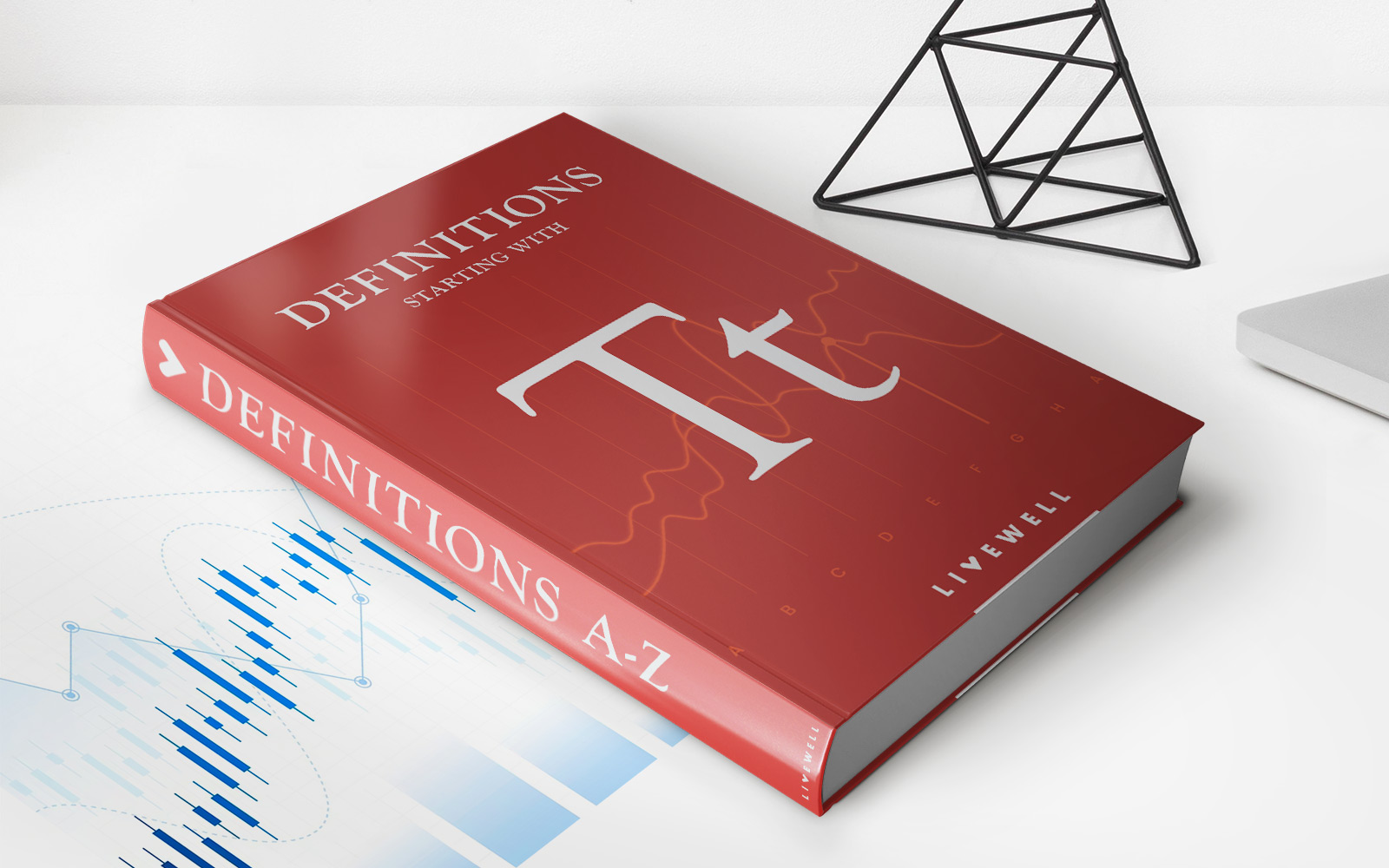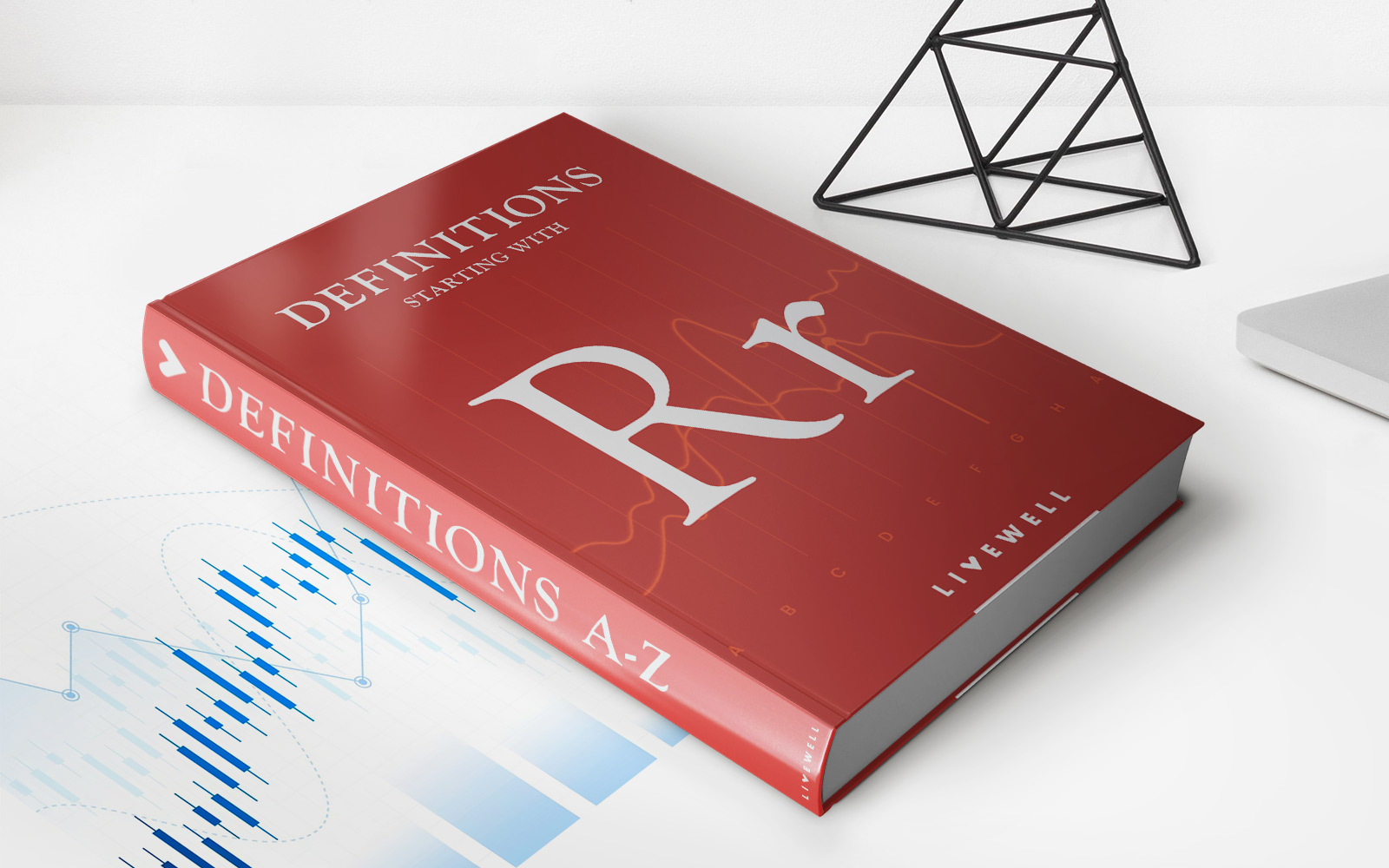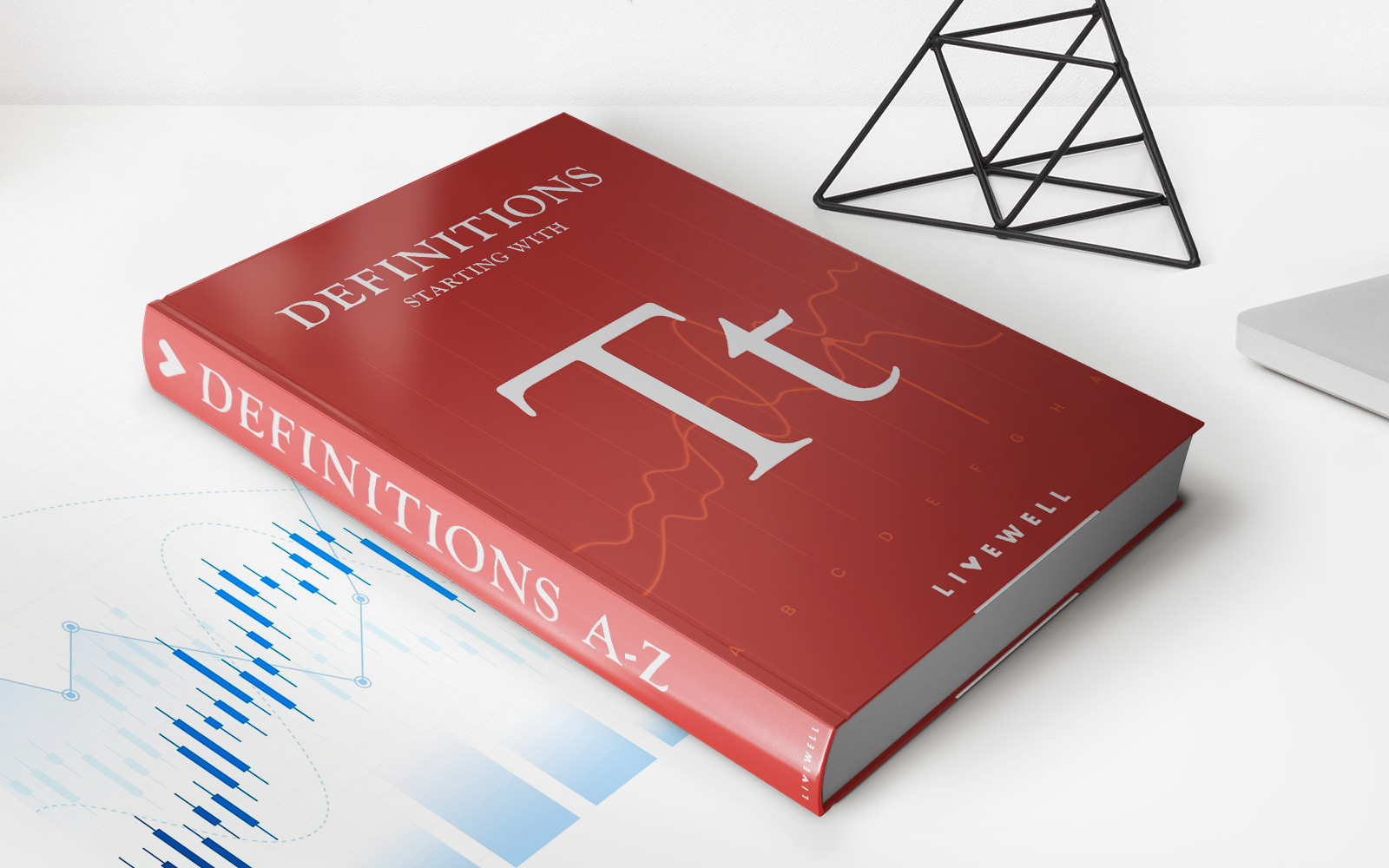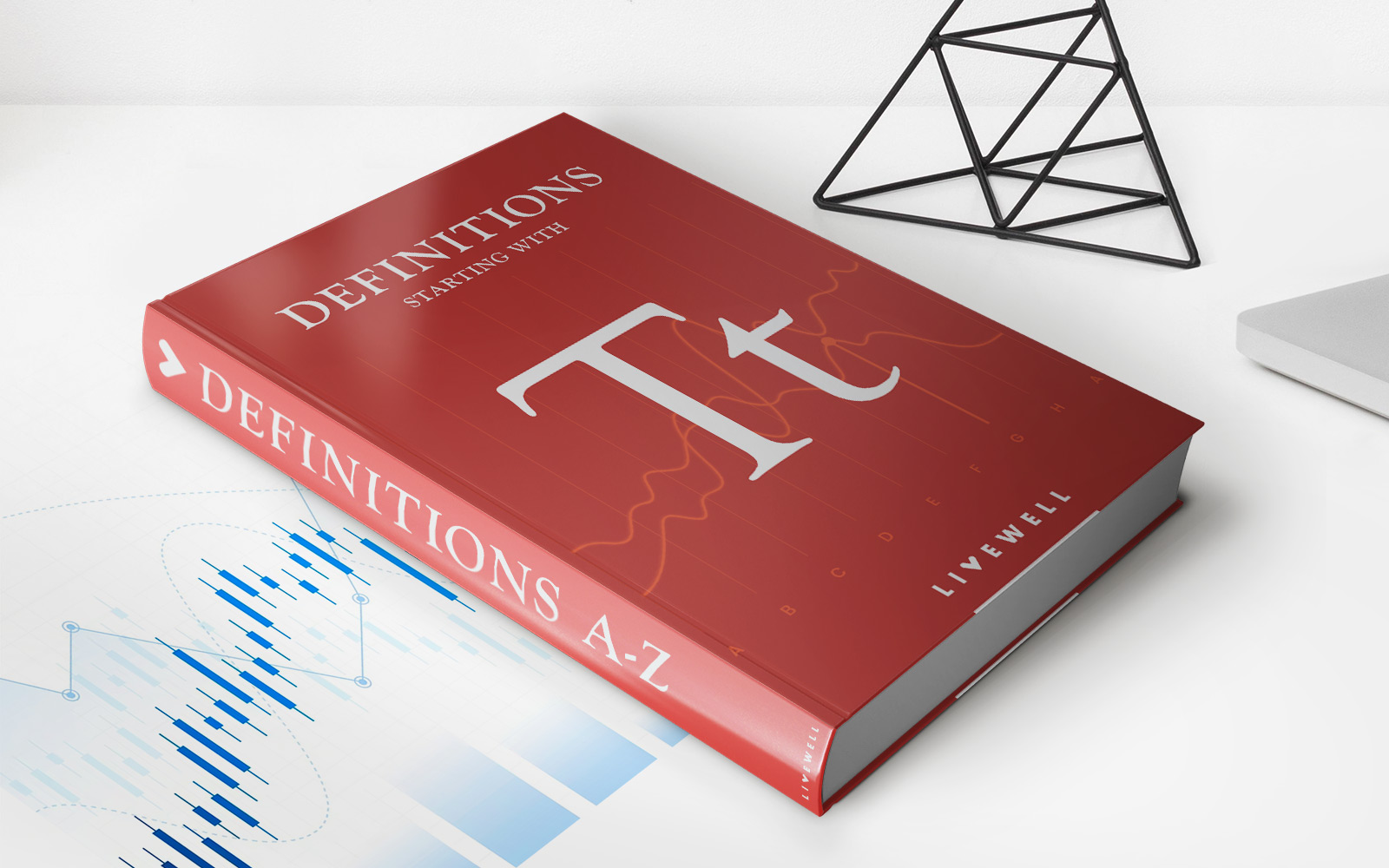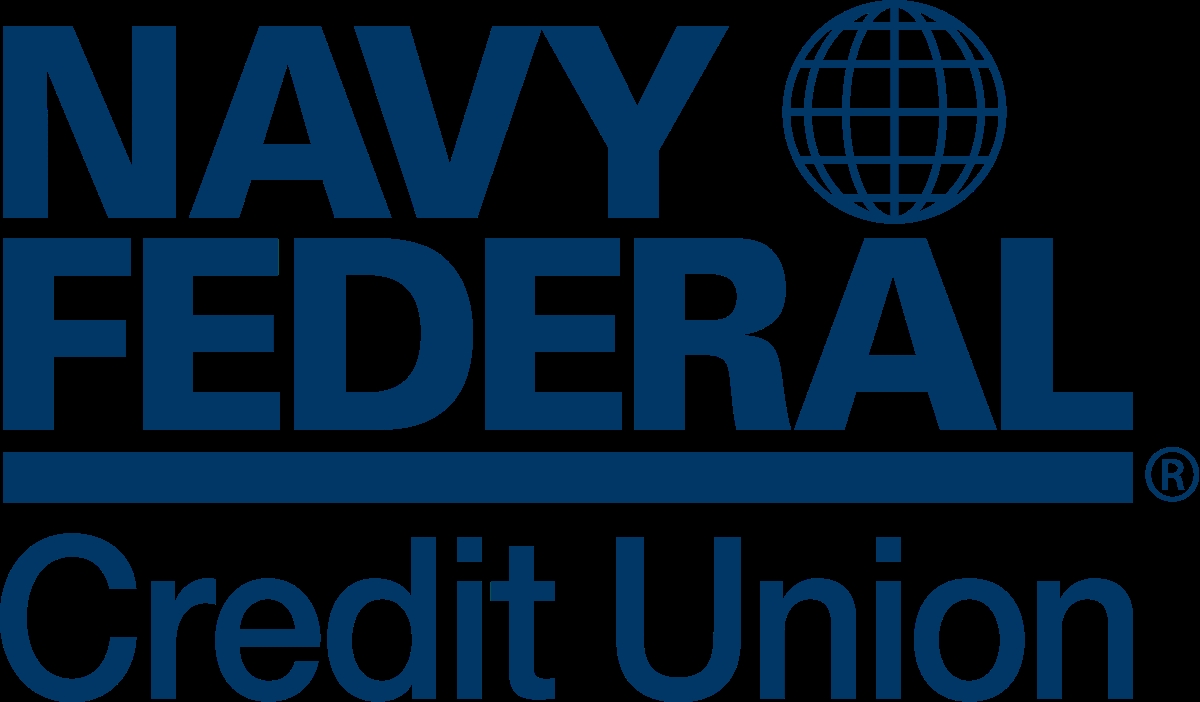Home>Finance>Tier 2 Capital: Definition, 4 Components, And What They Include
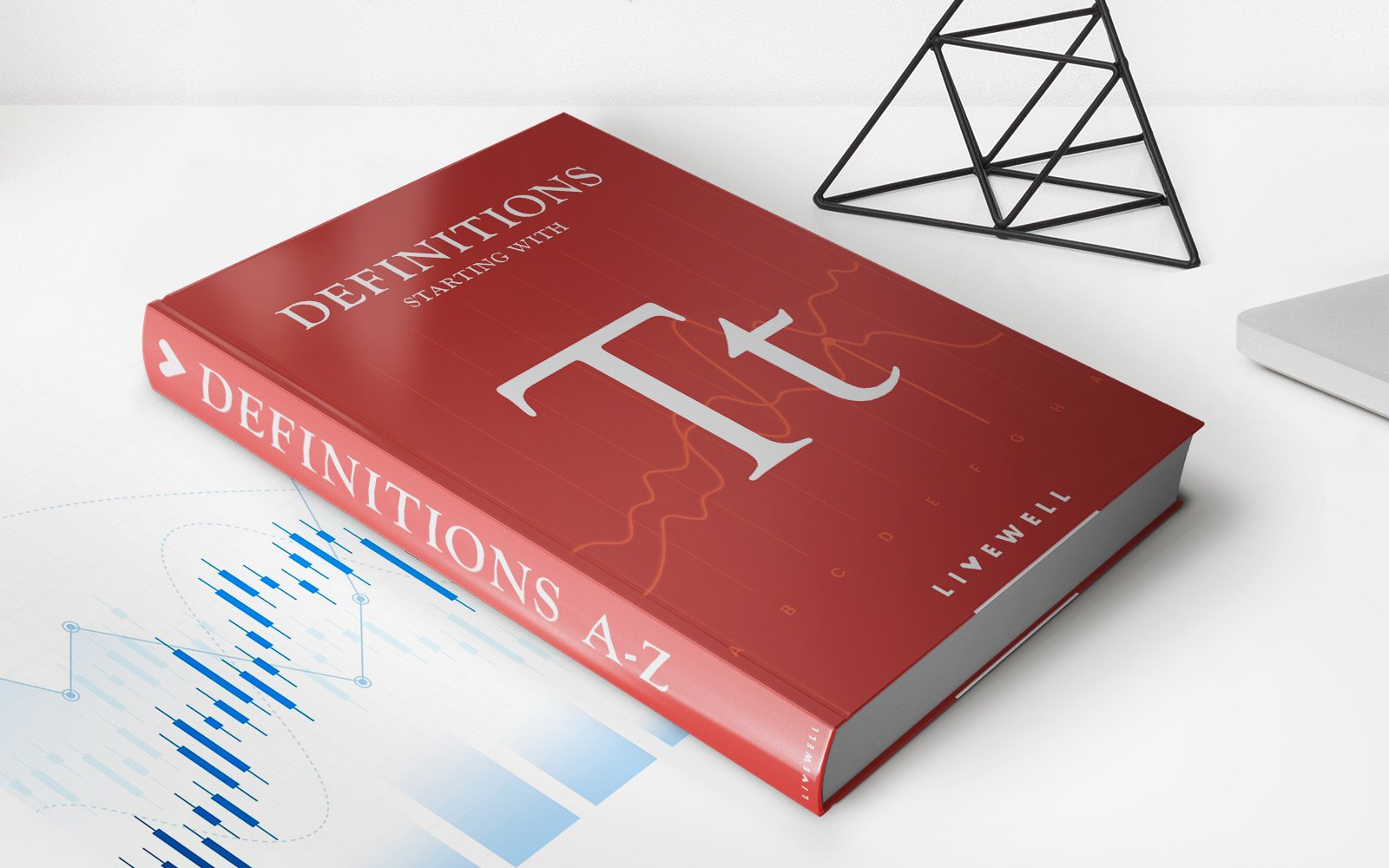

Finance
Tier 2 Capital: Definition, 4 Components, And What They Include
Published: February 8, 2024
Learn the definition of Tier 2 Capital in finance, its 4 components, and what they include. Enhance your understanding of financial concepts.
(Many of the links in this article redirect to a specific reviewed product. Your purchase of these products through affiliate links helps to generate commission for LiveWell, at no extra cost. Learn more)
Understanding Tier 2 Capital in the World of Finance
Have you ever wondered what exactly Tier 2 capital is and how it works in the world of finance? Well, you’re in luck! In this article, we will break down the definition of Tier 2 capital and discuss the four components that make it up. So, let’s dive in and explore what Tier 2 capital is all about.
Key Takeaways
- Tier 2 capital is an important concept in finance, representing a bank’s supplementary capital to meet unexpected financial losses.
- The four components of Tier 2 capital include subordinated debt, general loan-loss reserves, hybrid instruments, and undisclosed reserves.
The Definition of Tier 2 Capital
Tier 2 capital refers to the supplementary capital required by financial institutions to meet unexpected losses. It acts as a buffer between Tier 1 capital (which includes a bank’s core capital, such as common stock and retained earnings) and Tier 3 capital (which includes short-term subordinated debt that banks use to protect against market risk).
Now that we have a basic understanding of what Tier 2 capital is, let’s take a closer look at the four components that make up this important concept.
1. Subordinated Debt
Subordinated debt, as the name suggests, is debt that ranks below other forms of debt in case of bankruptcy or liquidation. In the context of Tier 2 capital, banks issue subordinated debt to increase their capital base. This debt has a lower priority in terms of repayment, which makes it riskier for investors. The inclusion of subordinated debt in Tier 2 capital enhances a bank’s ability to absorb potential losses.
2. General Loan-Loss Reserves
A general loan-loss reserve represents the amount of money set aside by a bank to cover potential loan losses. These reserves act as a cushion to absorb unexpected losses that may arise from bad loans or other forms of credit risk. By including general loan-loss reserves as part of Tier 2 capital, banks demonstrate their commitment to maintaining financial stability and ensuring they can weather economic downturns.
3. Hybrid Instruments
Hybrid instruments are financial instruments that have characteristics of both debt and equity. These instruments, such as convertible bonds or preferred stock, contribute to a bank’s Tier 2 capital by providing additional capital resources that can absorb losses. Hybrid instruments offer banks flexibility and can be an attractive option for investors seeking a mix of debt and equity features.
4. Undisclosed Reserves
Undisclosed reserves are portions of a bank’s profits that are not distributed to shareholders or designated for specific purposes but are instead retained as reserves. These undisclosed reserves serve as a safety net for financial institutions and can be used to manage unexpected losses. Including undisclosed reserves in Tier 2 capital ensures that banks have a sufficient capital buffer in times of financial distress.
In Conclusion
Tier 2 capital is an important component of a bank’s financial structure, providing a supplemental cushion to absorb potential losses. The four components of Tier 2 capital – subordinated debt, general loan-loss reserves, hybrid instruments, and undisclosed reserves – work together to strengthen a bank’s ability to weather economic downturns and unexpected financial challenges. So, the next time you hear about Tier 2 capital, you’ll have a better understanding of what it entails and its significance in the world of finance.


